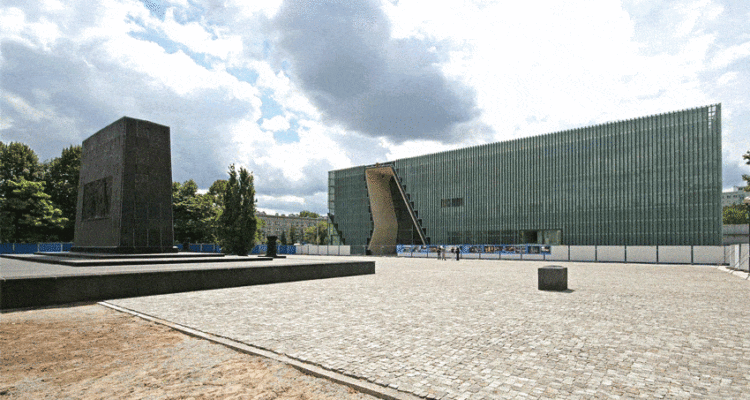In the three decades since the Revolution of 1989, Poland’s many cultural achievements include mastering the craft of creating the 21st-century historical museum.
Examples include the Warsaw Uprising Museum in the national capital; Kraków Under Nazi Occupation 1939-1945, built on the site of Oskar Schindler’s factory; and The Family Home of John Paul II — Papal Museum, in the late pope’s hometown, Wadowice.
Each of these exemplary museums combines a traditional, linear approach to telling a historical story, using the artifacts often found in such exhibitions, with brilliantly executed interactive displays that lead the visitor “into” the history being explored. I know of nothing so well done in the US; the Polish museums put the Smithsonian’s Museum of American History to shame.
The greatest of these contemporary Polish efforts is Polin: The Museum of the History of Polish Jews, which is built on the site of the wartime Warsaw Ghetto and opened in 2013. I spent many hours there in October 2016 and left with the thought that this just might be the greatest historical museum in the world.
Using the contemporary Polish method of combining traditional ways of historical storytelling with digital and interactive displays, Polin (which in Hebrew can mean either “Poland” on “Here you shall rest”) unveils a complex, too-often tragic, and unfailingly interesting story of overlapping cultures with rigorous honesty and palpable compassion.
Read the article by George Weigel in The Catholic Weekly.

